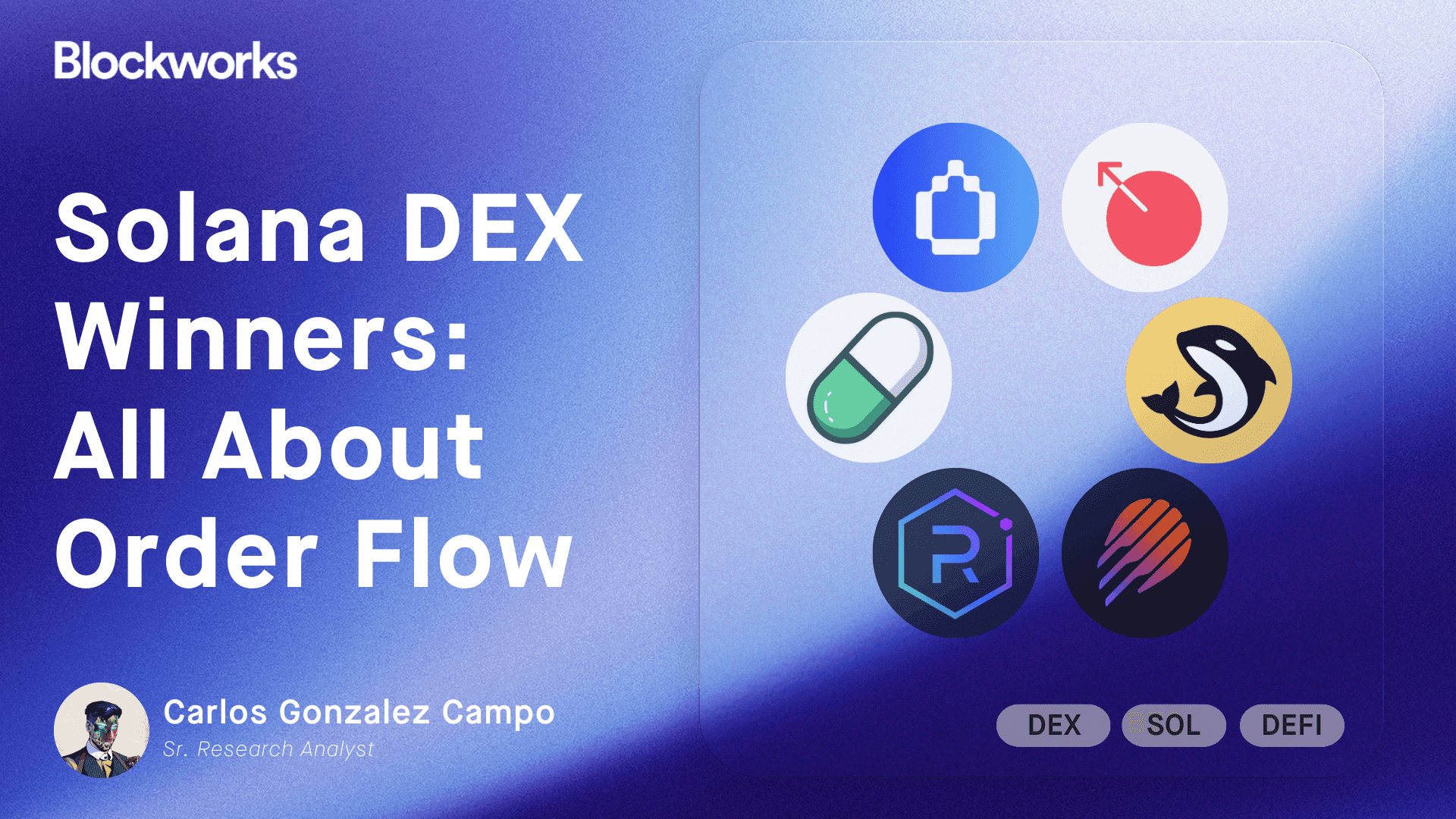Fed Minutes Show Taper-Talk May Come Sooner Than Expected
Central bank members elected to hold interest rates at near-zero and continue the current $120 billion/month bond purchase rate during the April meeting, but improved economic data in the future may result in new fiscal policy.
- Treasury yields rose following the release of the report with 10-year bonds rising four basis points and 30-year bonds rising three basis points
- While the Fed’s easy money policies have helped speed economic recovery, many fear increased inflation will lead to overheating
Federal Reserve officials hinted that they may consider scaling back on asset purchases “at some point” if economic data improves, minutes from the central bank’s April meeting revealed.
“A number of participants suggested that if the economy continued to make rapid progress toward the Committee’s goals, it might be appropriate at some point in upcoming meetings to begin discussing a plan for adjusting the pace of asset purchases,” read the minutes from the April 27-28 Federal Open Market Committee meeting published Wednesday.
Central bank members elected to hold interest rates at near-zero and continue the current $120 billion/month bond purchase rate during the April meeting, but improved economic data in the future may result in new fiscal policy.
Treasury yields rose following the release of the report with 10-year bonds rising four basis points and 30-year bonds rising three basis points.
While the Fed’s easy money policies have helped speed economic recovery, many fear increased inflation will lead to overheating.
“The Fed cutting rates and instituting quantitative easing reassured the markets that brighter days were ahead—and that’s why stocks have quickly recovered from any economic setback during the last 20 years,” wrote Tom Essaye, founder of Sevens Report Research, in a note Wednesday. “But the reason sustained inflation and an economic overheat is so scary is because, in that paradigm, what has saved the markets for the past 20 years will only make the problem worse, and make stocks and bonds fall.”
The US labor market appeared strong in March, which was the most recent available data when the FOMC met in April. However, the most recent April report, which was released after the Fed’s meeting, showed an alarming setback.
Officials have signaled that they will need to see continued signs of growth, particularly in the jobs sector, before there is any talk of tapering quantitative easing.
The FOMC is next scheduled to meet June 15-16, after the release of the May and June jobs reports.






